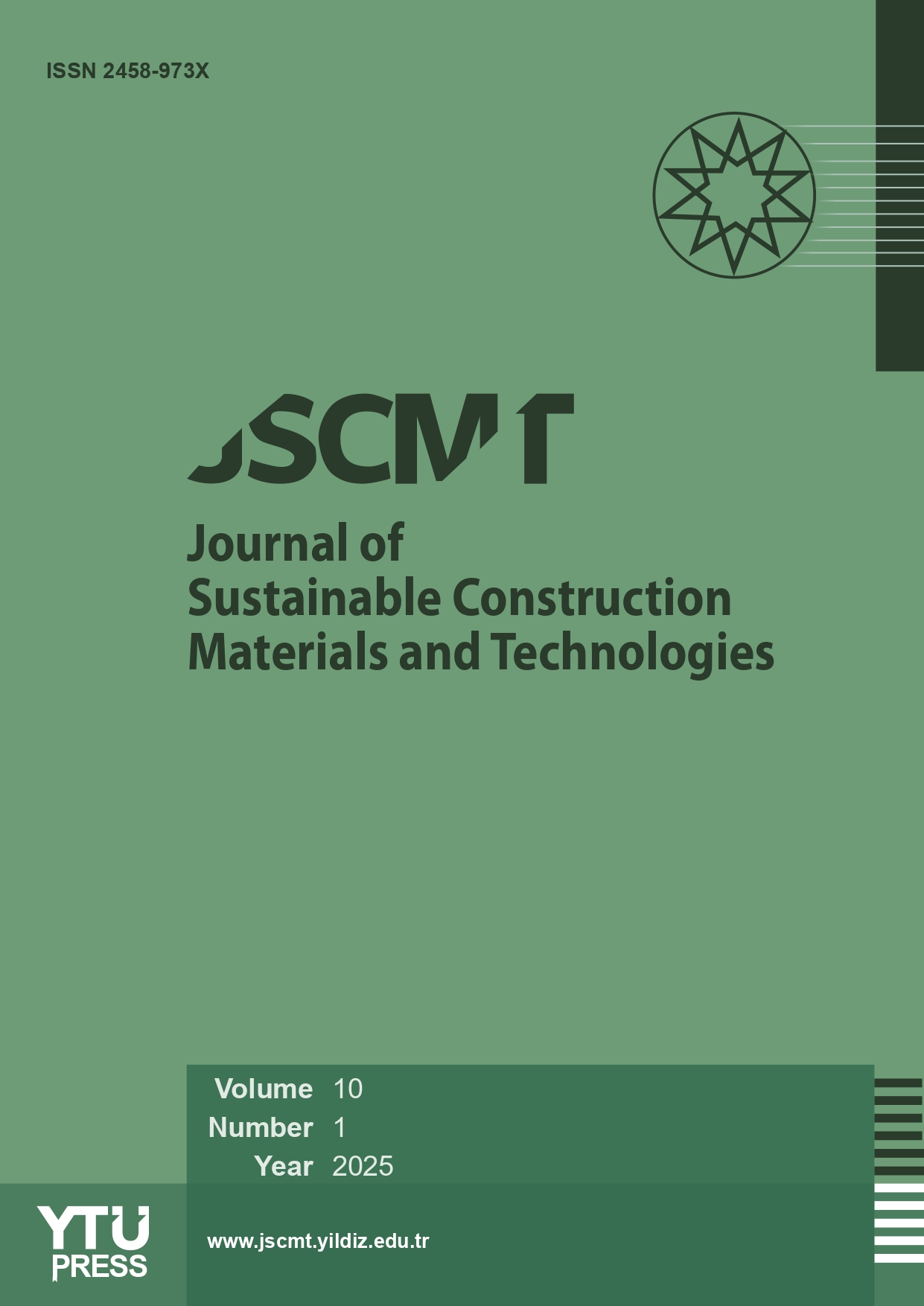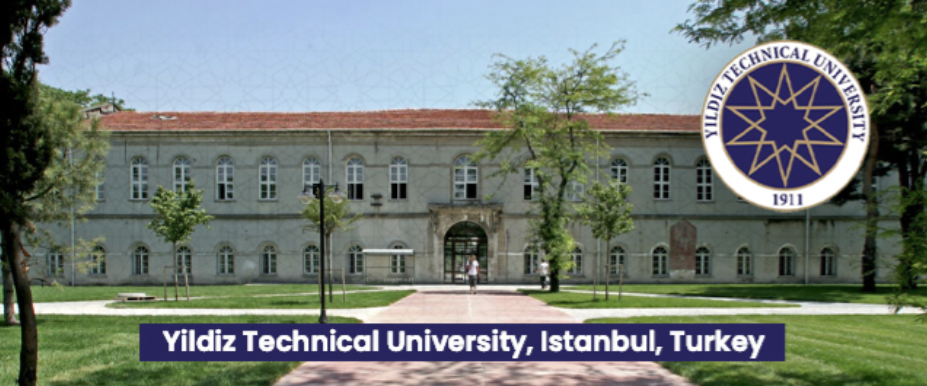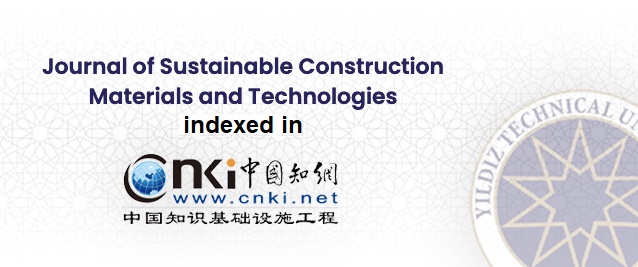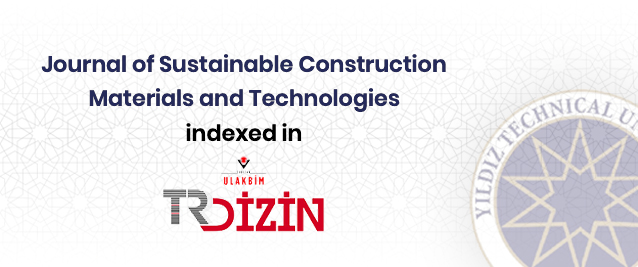2Department of Civil Engineering, Federal University of Technology Akure, Nigeria
Abstract
This study evaluated the suitability of iron tailings as fine aggregate replacements for engineering applications. This is necessary to find economic usage for the enormous amount of waste from Itakpe mines. The physical properties of specific gravity, bulk density, moisture content, particle size, fineness modulus, and mechanical properties in terms of compressive strength, compaction factor, flexural strength, and relative density of the concrete made with iron tailings were determined. World Health Organization (WHO) standard methods for examining
water and wastewater were used to analyze water used for curing the concrete cubes and beams to ascertain toxicity. The result shows the workability of concrete made with 50% iron tailings
within the standard limit. The compressive strength at 28 days for 0% to 100% percentage replacement increases from 10.1N/mm2 to 15.3N/mm2. Therefore, replacing sand with the iron filling will improve the compressive strength of any concrete. The flexural strength analysis shows that the iron tailings concrete beam increases the flexural strength from 15N/mm2 to 16.9N/mm2 from 0 to 100% at 28-day curing. There is also a linear relationship between the flexural strength and the density of the iron tailing concrete. The pH and Alkalinity tests of the
water used to cure the iron tailing concrete indicate that the curing water's alkalinity was high (20.883 to 40.75) with a pH range of 12.1-12.4. This shows that using iron tailing will not harm the durability of the resulting concrete. The iron tailings are suitable for acceptable aggregate replacement up to 75% without negatively altering the mechanical properties of such concrete.
















